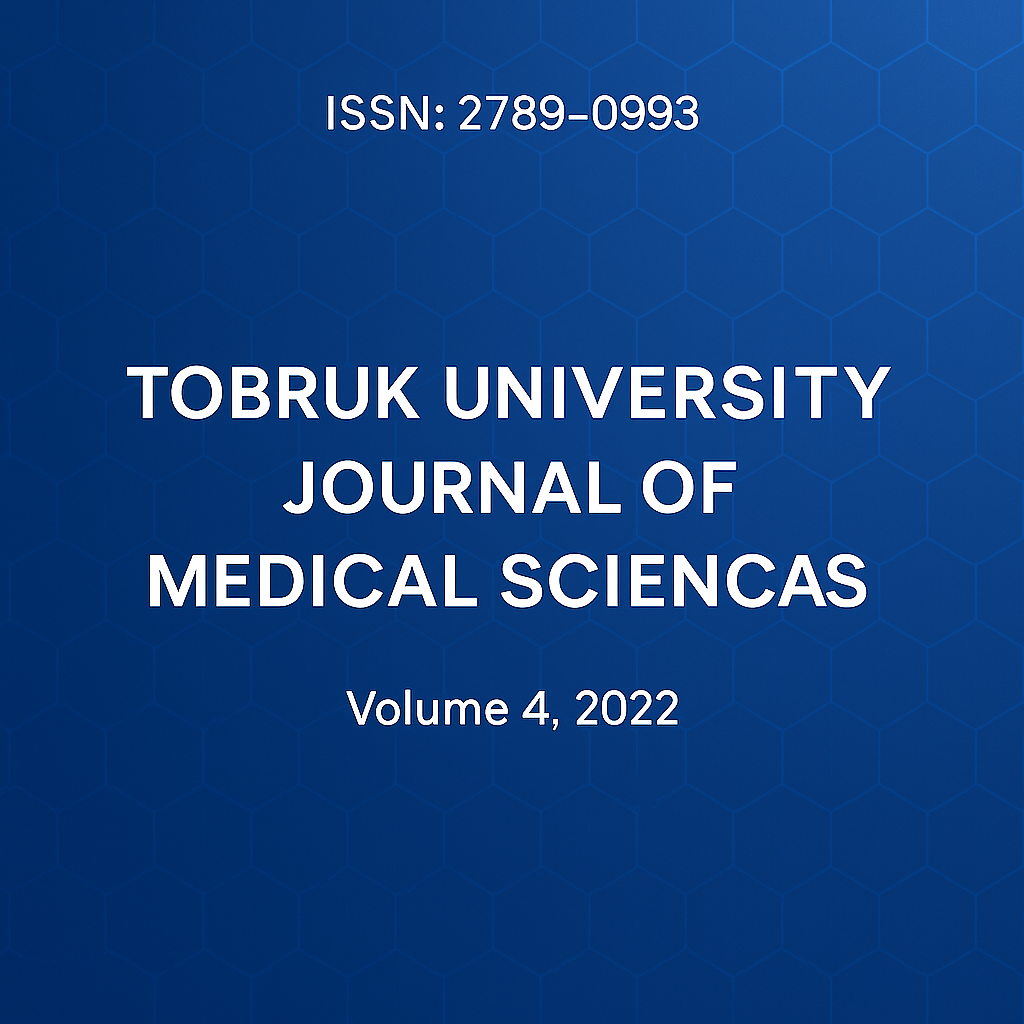Antimicrobial Activities of neonatal Umbilical Cord Infection
DOI:
https://doi.org/10.64516/jkvss207Keywords:
Umbilical cord care, Bacterial infections, Antibiotic resistance, Uumbilical cord inflammationAbstract
The infection of the umbilical stump. It typically presents as a superficial cellulitis that can spread to involve the entire abdominal wall and may progress to necrotizing fasciitis, myonecrosis, or systemic disease. Omphalitis is uncommon in industrialized countries outside the setting of umbilical vessel catherization; however, it remains a common cause of neonatal mortality in less developed areas. It is predominantly a disease of the neonate, with only a few cases having been reported in adults. Risk factors for omphalitis included septic delivery, unplanned home delivery, maternal chorioamnionitis, and prolonged rupture of membranes, low birth weight, and umbilical vessel catheteri. This study is about the underlying causes of infection that cause umbilical cord inflammation in newborns. The information of this study was collected from Tobruk Medical Center, Department of Microbiology, for files between 2018 to 2020, and it recorded the causes of infection and the antibiotic used for treatment, and where we tried to know the most infectious bacteria, A variety of the following types of bacteria, including Staph aureus, Eshrsha coli,Staph epidermis, proteus, klebsiella, Klebsiella spp ,Enterobact, Streptococcus pyogen ,Candida albicans fungi.
References
1. Benirschke K, Kaufmann P. Anatomy and pathology of the umbilical cord and major fetal vessels. In: Pathology of the human placenta. New York, NY: Springer; 2000. p. 335–98.
2. Casewell M, Phillips I. Hands as route of transmission for Klebsiella species. Br Med J. 1977;2(6098):1315–7.
3. Canlı K, Yetgin A, Akata I, Altuner EM. Antimicrobial activity and chemical composition screening of Epilobium montanum root. Bangladesh J Pharmacol. 2015;10:321–5.
4. Cushing AH. Omphalitis: a review. Pediatr Infect Dis J. 1985;4(3):282–5.
5. De Benito S, Alou L, Becerro-de-Bengoa-Vallejo R, Losa-Iglesias ME, Gómez-Lus ML, Collado L, et al. Prevalence of Staphylococcus spp. nasal colonization among doctors of podiatric medicine and associated risk factors in Spain. Antimicrob Resist Infect Control. 2018;7(1):1–7.
6. Dumontet V, Pelissier F, D’Enfert C. Gymnemic acids inhibit hyphal growth and virulence in Candida albicans [Internet]. PLoS One; 2013. Available from: http://www.plosone.org/
7. Engelkirk PG, Harvey RA, Champe PC, Williams BDFL. Microbiology for the health sciences. Philadelphia: Lippincott; 2000.
8. Faridi MM, Rattan A, Ahmad SH. Omphalitis neonatorum. J Indian Med Assoc. 1993;91(11):283–5.
9. Forozeshfard M, Ghorbani R, Razavi M, Danaie N, Nooripour S. Comparison of the umbilical cord bacterial colonization in newborn infants rooming in with mothers and neonates admitted to neonatal intensive care unit. Int J Pediatr. 2017;5(11):6009–15.
10. Hanski E, Caparon M. Protein F, a fibronectin-binding protein, is an adhesin of the group A streptococcus Streptococcus pyogenes. Proc Natl Acad Sci U S A. 1992;89(13):6172–6.
11. Jiménez E, Fernández L, Marín ML, Martín R, Odriozola JM, Nueno-Palop C, et al. Isolation of commensal bacteria from umbilical cord blood of healthy neonates born by cesarean section. Curr Microbiol. 2005;51(4):270–4.
12. Kalathia MB, Shingala PA, Parmar PN, Parikh YN, Kalathia IM. Study of umbilical cord blood culture in diagnosis of early-onset sepsis among newborns with high-risk factors. J Clin Neonatol. 2013;2(3):137–41.
13. Kliman HJ. Umbilical cord. In: Encyclopedia of reproduction. Vol. 4. San Diego: Academic Press; 1998. p. 915–23.
14. Mullany LC, Darmstadt GL, Tielsch JM. Role of antimicrobial applications to the umbilical cord in neonates to prevent bacterial colonization and infection: a review of the evidence. Pediatr Infect Dis J. 2003;22(11):996–1002.
15. Novack AH, Mueller B, Ochs H. Umbilical cord separation in the normal newborn. Am J Dis Child. 1988;142(2):220–3.
Downloads
Published
Issue
Section
License
Copyright (c) 2025 Afaf A. Saleman, Sana I. Souliman, Abeer A. Suliman (Author)

This work is licensed under a Creative Commons Attribution 4.0 International License.











